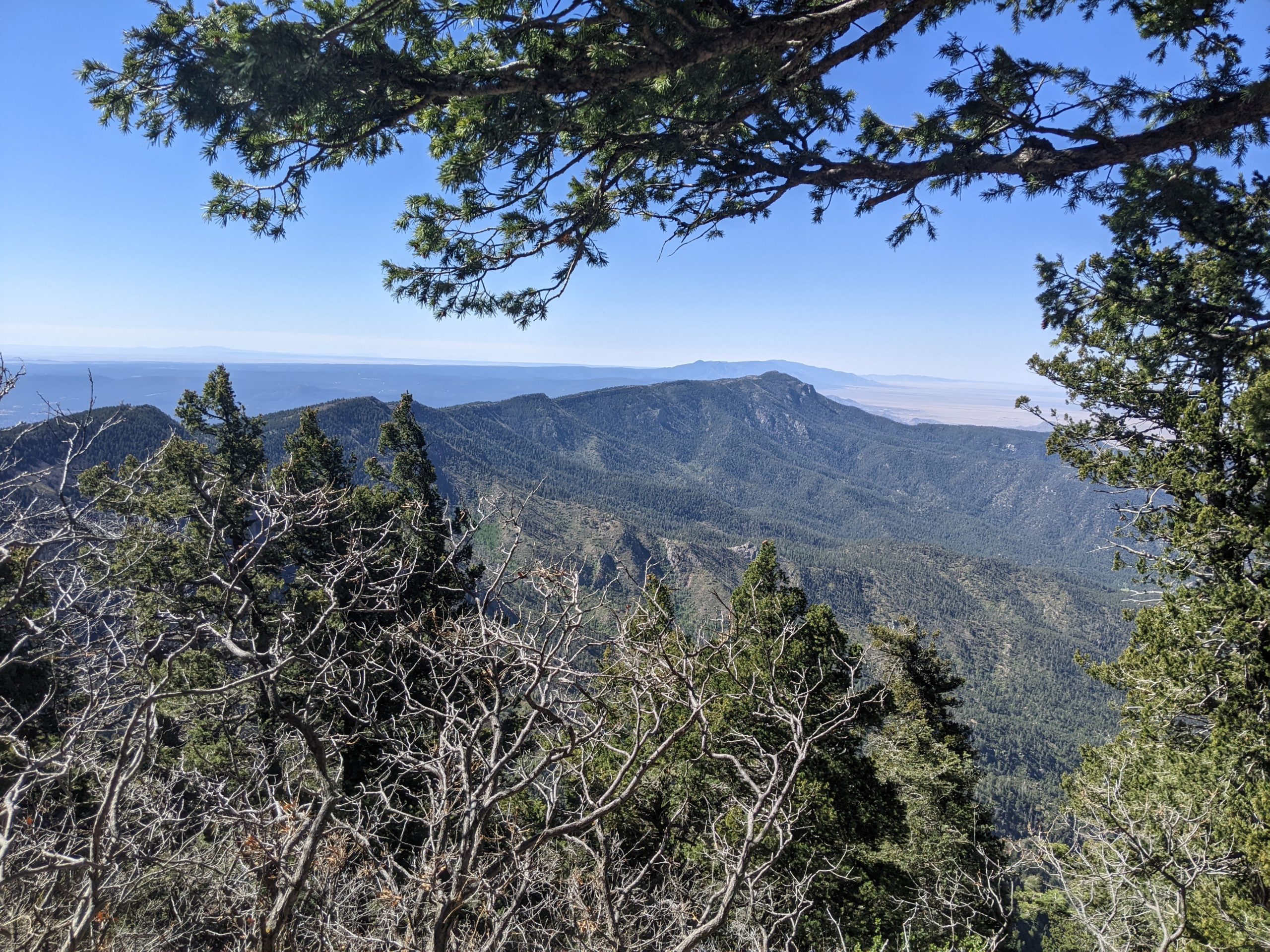I’ve been on my Illness To Ultra journey for 5 years now. It took me a long time to get to a point where I could confidently execute an 18-week training plan, and it’s that training block I’d like to focus on in this blog post.
If you’re looking to complete your first Ultra, this is by no means a training plan for you to use as your own. You need a training plan that is specifically adjusted to your needs, conditions, and race goals. But I hope my training plan will raise some questions and guide your decisions when tackling your next Ultra (and the training required).
From the outset, it’s worth mentioning that Ultra’s are not for the faint-hearted. You ought to approach an Ultra training plan with decent base fitness.
What is a decent amount of base fitness?
That differs for everyone. For example, I’d never run a marathon before entering my 50km training plan, but I had completed 3-4 hour efforts in the hills.
For you, base fitness can come from other activities such as swimming, cycling, or even long-distance hiking. Nothing says you need to be a runner to attempt an Ultra; you just have to have the physical and mental ability to endure for hours on the trail.
So I’d only offer 1 piece of advice.
Consider the physical AND the mental requirements to complete an Ultra.
As this was my first 50km, and my goal was simply to complete the distance, much of my training was geared towards “time on feet,” which means plenty of steady state runs (easy long intervals of 20-30mins) and long days, but at an effortless pace.

From the graph, you can see 4 distinct blocks. Each block represents a build-up in volume followed by a rest week, with each block exceeding the previous, aside from the last, which was a taper + the race.
That meant that my peak training load came 5 weeks before the race consisting of a 38km long run, and 6 days of running. From here on out, I ratcheted down the training to allow my body to recover for the race.
Note : As an alternative theory, you can reverse each block and complete your most challenging week right after a rest week. You’ll be coming into the block fresh and lessen your chances of overuse injuries on tired legs. For my next training plan, I’ll be adopting this method.
Distance isn’t the only factor, though. Elevation is an excellent metric too, especially as my race would contain around 6000ft (~2000m) of climbing over the 31 miles (50km).

Roughly, elevation followed the same trend as volume, building in intensity during each block. The variations are mainly due to traveling and not having hills available, but I’ll discuss that later.
And lastly, it is worth looking at pace.

Aside from a few anomalies, it’s evident that the pace began to fall as the distances started to grow. If I performed more tempo or interval workouts, you might see more variations here. To draw anything from this data point would require further digging into the data to rule out possible external factors, such as elevation, heat, etc.
You may have seen some odd patterns in some of the general data above. That’s because “stuff” happens.
Injuries

Yes, I had a minor injury.
I was pushing, pushing beyond what I had planned.
During the final week of a block, I was still feeling fresh and confident that I could push to a 90km week. That would have been 4 weeks earlier than expected. What did I gain? Nothing. What did I lose? 2 weeks of training.
Lucky, I identified the tweak early on and dialed the training back drastically.
But I didn’t stop altogether; this was a minor tweak. I continued walking for long periods because, as many studies indicate, completely ceasing any movement results in loss of fitness.
Travel
After two weeks of going easy and testing my knee on short 2-3km runs interspersed with running, I felt things coming around again. Granted, it has not been perfect since (it’s now the focus of my training), but I knew it would hold up through training.
If you’ve ever followed me on Instagram, you’ll notice that I’m never in one place.
My wife and I are nomadic, constantly training in new and unfamiliar areas.
That’s not exactly optimal for a focused training plan. But that’s where “doing the best you can” comes into play.

The red arrow points out a week, where the elevation is drastically low considering the distance I covered. During this time, we were in the center of Denver and granted, I could have driven to the mountains and wasted 1 hour a day, but instead, I decided to run on the flat.
I knew we’d be back in the mountains in the proceeding weeks, and 1-2 weeks of missed vertical gain would not be important to me.
If my goals for the race were different, this decision might have been different. For example, a semi-professional runner with ample time on their hands may decide that driving 1 hour extra a day is worth the sacrifice. But when most of us are holding down a job, and looking after families, missing a component of your training is a small price to pay.
Simply, “Do what you can… and plan optimally.”
Canceled Race!
That’s right; my target race was canceled 3 weeks out.
Sadly the New Mexico wildfires have been pretty bad early this year, and the fires happened to be just miles from the course.
For the residents of the area, I’m hoping we see some rain soon.
For me, that meant I needed to find a plan B.
After looking for nearby races in a similar time period, I decided they would not suit our schedules.
And to be honest, I just wanted to get it done. I knew 1 extra taper week would not make a considerable difference, and my legs were already fresh.
So I completed my 50km 1 week early on a similar course but completely self-supported. That meant I had to hike in some water the days prior, but all of this helped keep my legs moving but not overstressing them at the same time.
I’m sure it’s the question you were all waiting to ask?
Did I run 50km before the race? Heck no!
Should I have run 50km before the race? Heck no!
37km was my longest run, and I even had 40km planned that day. But I decided that an extra 3km made no difference at all. Was I confident that I’d gained the mental and physical condifence to know I could push another 13km for a 50km effort? Absolutely.
Interestingly, I performed much better in this training run than in the actual race. Two factors played into this: elevation gain and temperature.
In the end, temperatures hit 70F (21C) in the middle of the 50km and ended in the low 80F (26C). That’s not bad. But historically, the colder the temperature (but not too cold), the better I perform.
As you can see from the 37km training run, temperatures started at 44F (6C) and maxed out at 64F (17C) at the end of the run. An almost perfect running day.
And as for the elevation. It certainly slows you down when you pop over 10000 feet (~3000m)! 🙂
The obvious lesson is, with enough time, dedication and training, anything is possible. But that’s cliche.
Instead, I learned that LOTS of slow, easy training can get you to your goal. And possibly safer, i.e. not injured. The only stipulation is that consistency is key.
I also learned that having a plan ahead of time is worth its weight in gold.
For the 18-week block, I’d sat down and worked out distances, types of workouts, and milestones I needed to hit to be successful. All I had to do was follow the plan….
And obviously, I didn’t do that all the time. 🙂 That’s when things went wrong. And inevitably that will probably happen in some capacity or another.
But aside from that, adjustments had to be made because of external factors, AND THAT’S OK.
Minor adjustments are expected and even beneficial. Being truthful and admitting that I would not have the physical or mental strength due to work stress, lack of time, or even lack of nutrition was vital. Once I was able to identify and admit to the situation, I adjusted the plan accordingly.
Sacrificing in the short term to create consistency in the long term is key to this game. And that’s why planning and continuously evolving that plan is vital.
FREE Coaching Call
I coach myself, but only after extensive studying.
For 2 years now I’ve been a UESCA Ultra Running Coach, and I’m ready to help others.
I focus on athletes coming back from major setbacks much as I did. And I’m in it for the long haul!

